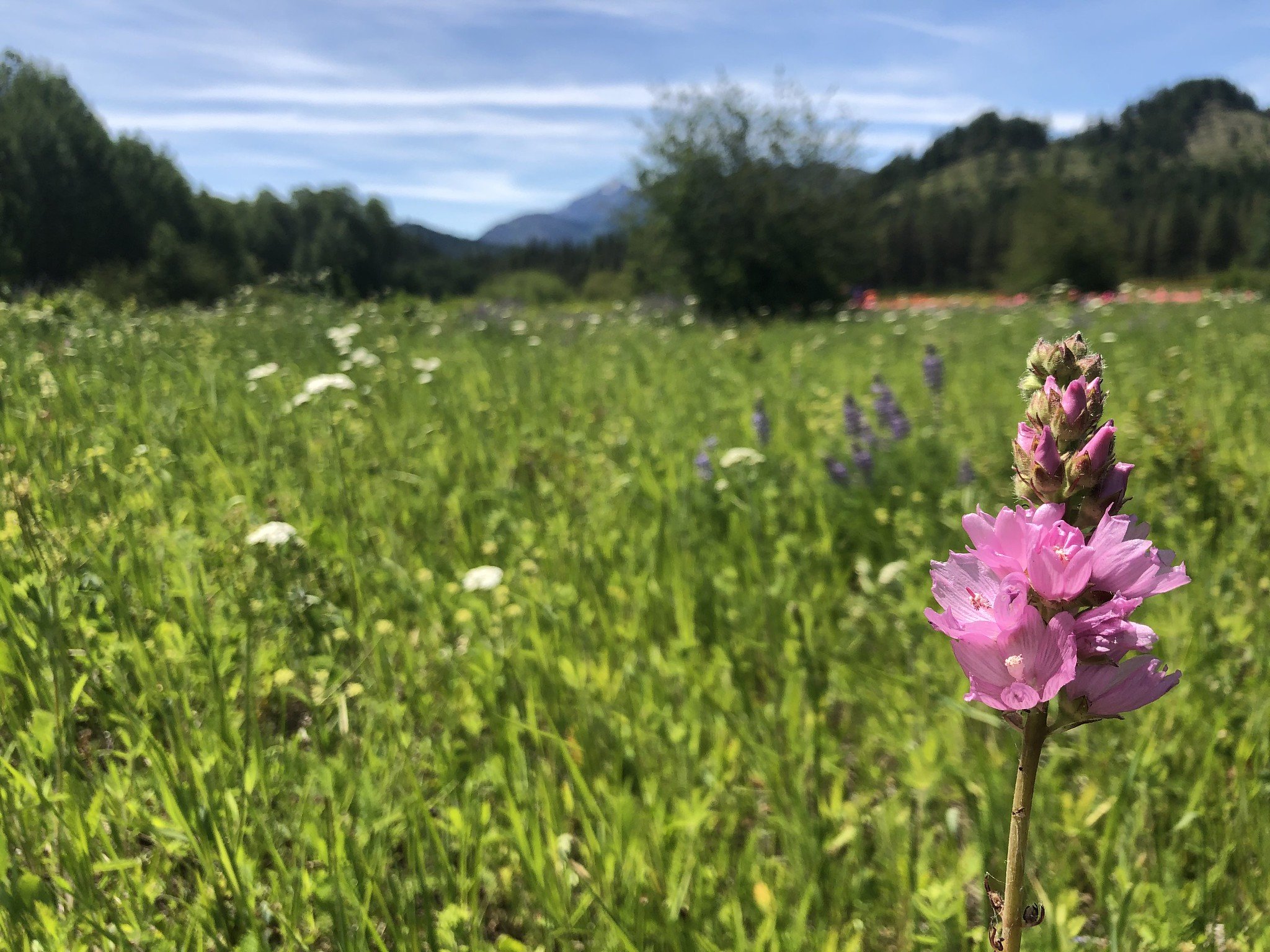I’ve heard of the Necks for years, but never really listened to them. I’d seen them mostly pop up on critics’ year-end lists (especially Sasha Frere-Jones, when he was doing a shared Google sheet of notable albums; really good SFJ review of the Necks here) and in references on ILM. For some reason, I had the idea they were a noisy improv unit—like a weirder, harsher Sunburned Hand of the Man or just something difficult and unfun and tiring. Of course, I was way, way off. The Necks are closer to an improv jazz group, and there’s a reason why people like the Necks—it’s because they make really good and really interesting music.
The group’s new album, “Travel,” is the result of their practice of beginning each day in the studio with an improvisation. The album’s tracks are lightly edited and post-produced versions of those improvisations. Incredible to hear, a band that’s been around for 30-ish years putting out four tracks of dynamic and appealing explorations.
A few words on each of the tracks. “Signal,” the lead track, has a great bass groove from Lloyd Swanton and soft percussion from Tony Buck. Chris Abrahams’ piano playing is really expressive on this track, ruminating on a few phrases while the others mostly stay steady in their groove. Around five minutes in, there’s a switch from the piano to something else, like a little bird call trilling in the background. The piano re-enters, and later, an organ. A really pretty track.
“Forming” is much more pensive: it starts with piano and rattling drums. Violin as well, quiet. The bass is a latecomer on this track. As it develops, “Forming” shows a lot of tension, tentative steps that are taken and re-taken. “Forming” was the track that made me think that what the Necks are doing is all in the slow changes that take place over the course of the track, like a 10 or 20-minute Ricardo Villalobos song, it’s in the accretion of those small changes that you get what they’re after.
“Imprinting” starts with organ (I think?) and some clattering percussion (and what sounds like running water), and bass. Lots of texture in this one. It’s slower and quieter to some extent than the others, with the bass a constant presence and Buck’s percussion, active and always moving, shifting. Great track and probably my favorite on the album.
Organ launches “Bloodstream,” along with bowed bass. The organ works for a while, then the piano comes in with a spirited riff. “Bloodstream” is turbulence and volatility, with Buck doing a drum roll that lasts for most of the track, appearing and disappearing, and it all builds to release and dissipation.
All four tracks on “Travel” have something to say and offer lots for the listener to hold onto—it’s so impressive to hear a group like this make music that’s both challenging and mysterious, but also generous, that swerves and counters your expectations but also lets you feel like you’re in on the secret.
